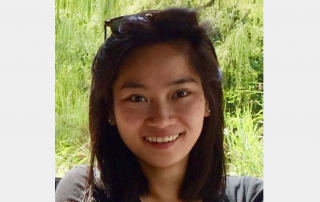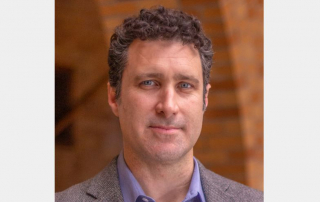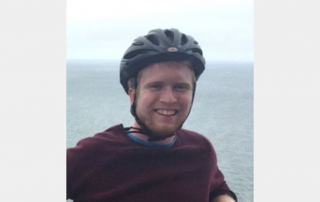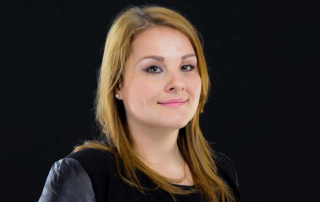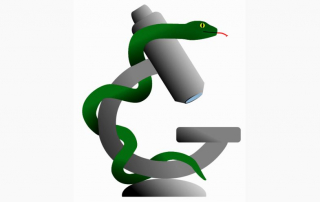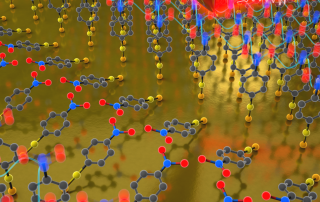Congratulations to Quynh Nguyen for Being Awarded the Stanford Q-FARM Bloch Postdoc Fellowship
Q-FARM (Quantum Fundamentals, ARchitectures and Machines) is Stanford’s initiative in quantum science and engineering. The QFARM student fellowships are awarded to advanced graduate students working in quantum science and engineering. Fellowship criteria are excellence in their research, and demonstrated potential for building new links within the Stanford quantum community. Each awardee receives two years of funding.
